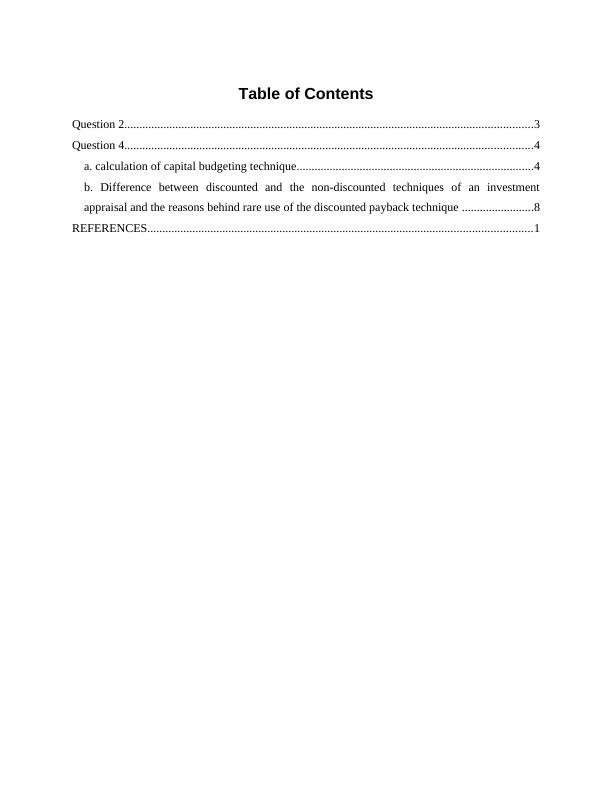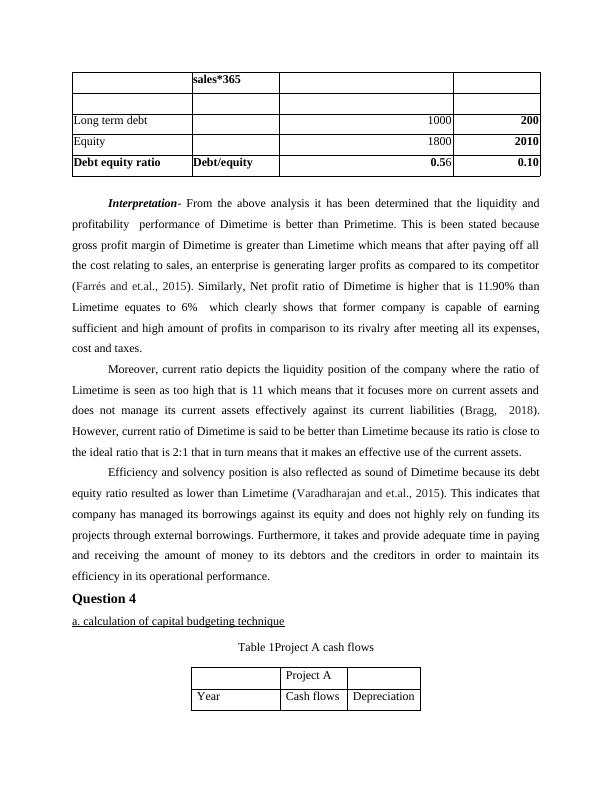Introduction to Finance
Added on 2023-01-16
11 Pages1257 Words100 Views
End of preview
Want to access all the pages? Upload your documents or become a member.
Online Exam - Accounting for Business
|8
|648
|155
Accounting for Business: Income Statement, Financial Position, Investment Appraisal, Financial Ratios of NS plc
|10
|1647
|239
Accountancy: Income Statement, Financial Ratios, Investment Appraisal
|11
|2066
|184
Financial Statement and cash flow analysis Report
|13
|1978
|28
Accounting for Business: Sales, Cost of Goods Sold, Ratios, Cash Inflows
|6
|839
|386
Accounting for Business: Sales, Ratios, and Cash Inflows
|6
|792
|98




